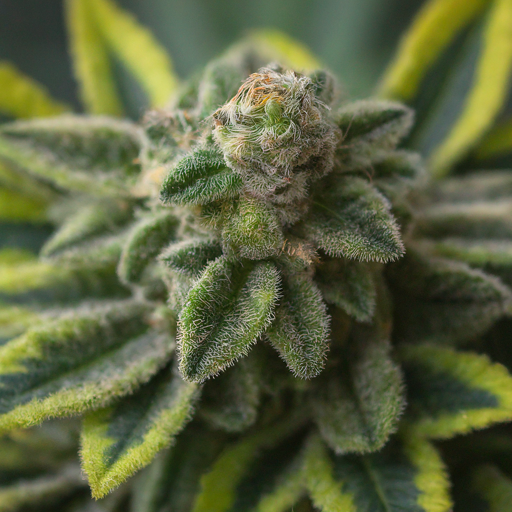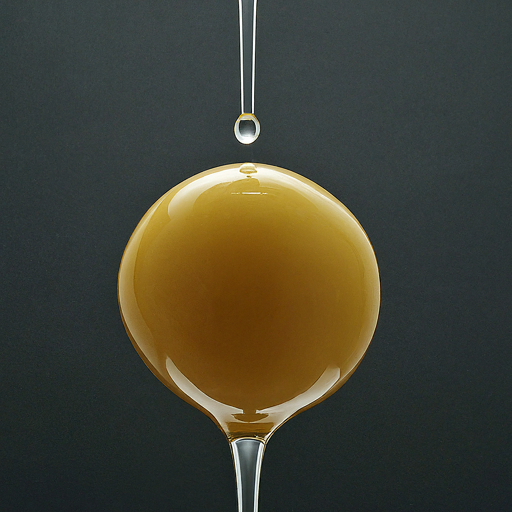Terpene Table – Seeds & Strains
Explore the World of Medicinal Cannabis Strains
Learn about different strains, terpenes, and cannabinoids
Seeds & Strains: Your Guide to Medicinal Cannabis
Learn about different strains, terpenes, and cannabinoids to find the perfect match for your needs.

Introduction to Cannabis Strains
Cannabis strains are broadly categorized into three main types: Indica, Sativa, and Hybrid. Each type offers distinct characteristics, effects, and potential therapeutic benefits.
Indica Strains
Indica strains are known for their relaxing and sedative effects. They are often associated with a “body high” that can induce feelings of calmness, tranquility, and sleepiness. Indica strains offer relaxation and body-focused effects, Sativa strains provide an uplifting and energizing experience, while Hybrids combine elements of both for a balanced effect.
Hybrid Strains
IHybrid strains are a combination of Indica and Sativa genetics, offering a blend of both body and mind effects. The specific effects of a hybrid strain will depend on the dominant genetics and the individual’s physiology.
Hybrid strains can offer a wide range of potential therapeutic benefits, depending on their specific genetic makeup.
Sativa Strains
Sativa strains are typically associated with uplifting and energizing effects. They are often described as producing a “head high” that can enhance creativity, focus, and sociability. Sativa strains are often used therapeutically to enhance mood, reduce fatigue, boost focus and creativity, alleviate depression, and suppress appetite.
Indica vs. Sativa vs. Hybrid: A Quick Comparison
Discover the unique characteristics and potential benefits of Indica, Sativa, and Hybrid strains.
| Strain Type | Typical Effects | Potential Therapeutic Uses |
|---|---|---|
| Indica | Relaxing, sedative, “body high” | Pain relief, muscle relaxation, sleep aid, anxiety reduction, appetite stimulation |
| Hybrid | Blend of Indica and Sativa effects | Varies depending on the specific strain and its dominant genetics |
| Sativa | Uplifting, energizing, “head high” | Mood enhancement, fatigue reduction, increased focus and creativity, depression relief, appetite suppression |

Understanding Terpenes: The Essence of Cannabis
Beyond cannabinoids like THC and CBD, terpenes play a crucial role in shaping the unique aroma, flavor, and effects of different cannabis strains. These aromatic compounds are found in a variety of plants, including fruits, flowers, and herbs, and they contribute to the distinctive scents and tastes we associate with each.
In cannabis, terpenes work synergistically with cannabinoids to create the entourage effect, where the combined effects of these compounds are greater than the sum of their individual parts. This means that the specific terpene profile of a strain can significantly influence its overall effects and potential therapeutic benefits.
Key Terpenes and Their Potential Therapeutic Properties
Beyond Cannabinoids: The Healing Potential of Terpenes
Known for its citrusy aroma, limonene is often associated with uplifting and mood-boosting effects. It may also have anti-inflammatory and anti-anxiety properties. Discover strains rich in Limonene.
The most abundant terpene in cannabis, myrcene has an earthy, musky aroma and is often found in Indica strains. It’s believed to have sedative and muscle-relaxant effects. Discover strains rich in Myrcene.
With its floral and lavender-like scent, linalool is known for its calming and relaxing properties. It may also have potential benefits for anxiety and sleep. Discover strains rich in Linalool.
This terpene has a piney aroma and is associated with alertness and focus. It may also have anti-inflammatory and bronchodilator effects. Discover strains rich in Pinene.
Found in black pepper and cloves, beta-caryophyllene has a spicy aroma and may interact with the endocannabinoid system to offer potential anti-inflammatory and pain-relieving benefits. Discover strains rich in Beta-caryophyllene.
Key Terpenes and Their Potential Therapeutic Properties
Explore how terpenes contribute to the entourage effect and influence your cannabis experience
| Terpene | Aroma | Potential Therapeutic Properties |
|---|---|---|
| Limonene | Citrusy | Uplifting, mood-boosting, anti-inflammatory, anti-anxiety |
| Myrcene | Earthy, Musky | Sedative, muscle-relaxant |
| Linalool | Floral, Lavender-like | Calming, relaxing, anxiety relief, sleep aid |
| Pinene | Piney | Alertness, focus, anti-inflammatory, bronchodilator |
| Beta-caryophyllene | Spicy | Anti-inflammatory, pain relief, interacts with endocannabinoid |
Beyond THC and CBD: Unveiling the World of Cannabinoids
Discover the diverse array of cannabinoids and their potential benefits
Exploring Cannabinoids: Beyond THC and CBD
While THC and CBD often take center stage, the cannabis plant offers a wealth of other cannabinoids, each with potential wellness benefits. Interacting with the body’s endocannabinoid system, these compounds can influence various functions. Understanding these interactions reveals the therapeutic possibilities beyond just THC and CBD.
Delving deeper, we find lesser-known cannabinoids like CBG, potentially offering anti-inflammatory and neuroprotective effects. CBN, a THC derivative, may induce sedation and pain relief. THCV shows promise in appetite suppression and diabetes management. These are but a few examples, showcasing the diverse therapeutic potential within the cannabis plant.
The Endocannabinoid System (ECS)
The ECS is a complex cell-signaling system found throughout the body, including the brain, immune system, and organs. It plays a crucial role in maintaining homeostasis, or balance, within the body, regulating various functions like mood, sleep, appetite, pain sensation, and immune response.
Cannabinoids, both those produced naturally by the body (endocannabinoids) and those found in cannabis (phytocannabinoids), interact with receptors in the ECS to influence these various functions. This interaction is what underlies the potential therapeutic effects of cannabis.
Key Cannabinoids Beyond THC and CBD
While THC and CBD are the most abundant cannabinoids in cannabis, several other minor cannabinoids have garnered attention for their potential therapeutic properties. These are just a few examples of the many cannabinoids found in cannabis. Research into their potential therapeutic uses is ongoing, but the evidence so far suggests that they may offer a wide range of benefits for various health conditions.
By understanding the interactions between cannabinoids and the endocannabinoid system, we can gain deeper insights into the therapeutic potential of cannabis and make more informed choices about which strains and products might be best suited for our individual needs.

Cannabinol (CBN)
CBN is a breakdown product of THC and is often associated with sedative effects. It may also have potential benefits for pain relief and appetite stimulation.

Cannabigerol (CBG)
Often referred to as the “mother of all cannabinoids,” CBG is a precursor to other cannabinoids like THC and CBD. Research suggests it may have anti-inflammatory, antibacterial, and neuroprotective properties.

Tetrahydrocannabivarin (THCV)
THCV is a minor cannabinoid that may have appetite-suppressing and anti-convulsant properties. It’s also being studied for its potential role in managing diabetes and obesity.
Strain Selection Guide: Finding Your Perfect Match
Choosing the right cannabis strain can significantly impact your experience and therapeutic outcomes. Consider these key factors to navigate the vast world of strains and find the perfect match for your needs.
What are your primary goals for using medicinal cannabis? Are you seeking pain relief, anxiety reduction, improved sleep, or something else? Different strains offer varying effects, so it’s important to align your choice with your desired outcomes.
Are you new to cannabis or a seasoned user? If you’re just starting, consider opting for strains with lower THC levels and a balanced cannabinoid profile. As you gain experience, you can explore strains with higher THC or more specific terpene profiles.
Your tolerance level will influence how you respond to different strains. If you have a low tolerance, start with a lower-potency strain and gradually increase as needed. Experienced users may prefer strains with higher THC or unique terpene combinations.
When do you plan to use cannabis? Sativa strains are generally considered more energizing and suitable for daytime use, while Indica strains are often associated with relaxation and sleep and may be better suited for evenings.
How do you prefer to consume cannabis? Smoking, vaping, edibles, and topicals each offer different onset times and durations of effects. Consider your lifestyle and preferences when choosing a strain.
Navigating the World of Strains
The vast array of cannabis strains can seem overwhelming, but understanding a few key factors can help you make informed choices and discover the perfect strain for your needs.
